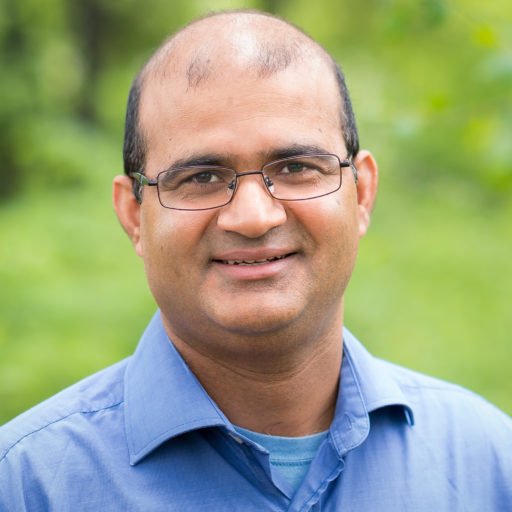
Short biography
Umakant Mishra is a soil scientist, who studies land use and climate change impacts on soil biogeochemistry. Using field observations, remote sensing and environmental datasets, and geospatial and process-based modeling he quantifies anthropogenic and climatic impacts on the soil system. He serves as Associate Editor in Vadose Zone Journal and Soil Science Society of America Journal. Currently, he serves as a Chair of the International Soil Science Award Committee of Soil Science Society of America and a Co-Chair of the Data & Observation Model Link science panel and an Executive Board member of the International Soil Modeling Consortium.
Abstract
Soil organic carbon (SOC) determines multiple ecosystem services that soils provide to humanity. However, land use and climate change may alter the current soil carbon balance and convert the land surface into either a source or sink of atmospheric CO2, altering soil properties and functions. Recently, using a large number of global soil profile observations, datasets of environmental factors and a variety of modeling approaches, we conducted studies to (1) quantify the magnitude and uncertainty of global and regional SOC estimates, (2) predict the SOC changes under future warming scenarios, and (3) investigate how the coupled model intercomparison project phase six (CMIP6) earth system models project the future changes in global SOC stocks. We found large ranges in global estimates of surface (0-0.3m) and profile (0-1m) SOC stocks with varying predictive accuracies across depth intervals and biomes. The cropland SOC estimates were comparatively more accurate than the SOC estimates of other biomes. We found depth dependent SOC losses, with soils becoming a carbon source to the atmosphere under future surface air warming scenarios. In contrast, the CMIP6 earth system models predict global soil carbon gain under high emission scenarios. In summary, a large knowledge gap exists in our understanding of both the current global SOC storage, and it’s fate under changing climate. Global collaborative efforts on (1) harmonizing SOC profile observations, (2) conducting in-situ warming experiments across depths and environmental gradients, and (3) representing soil-forming processes and pedogenic feedbacks in earth system models are needed to reduce the uncertainty that exists both in the magnitude and fate of SOC.
Arranged date for the seminar talk Nov 21, 2022 14:15-15:00
Bjerknes seminar room 4020, Jahnebakken 5
